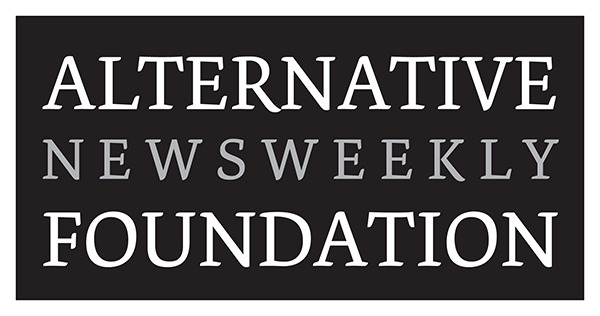A key to fundraising success and organization sustainability is reaching younger donors, specifically Generations Y/millennials (1981-1996) and Z. (1997-2012). Now is the time to create an emotional connection and investment in your organization as they enter and/or grow in the workforce and their projected discretionary income increases. By cultivating this relationship early in their philanthropic years, the likelihood of securing them as long-term donors increases. The place to find these individuals is LinkedIn.
- Here are some LinkedIn user statistics from Hootsuite
- 47% are millennials, 28-43 years old
- 60% are between ages 25-34, a combination of Gen Y and Z
- 38% of adults 30-49 regularly get their news from the channel
- 30% aged 18-29 receive news from the platform
- 21% of adults 18-24 use the channel
- As one would expect from a business focused platform, their users are educated.
- According to Hootsuite, 32% of LinkedIn users have a Master’s or Doctorate degree
- Pew Research found 53% have at least a bachelor’s degree and 28% have some college education.
Ready to cultivate new donors with longevity potential? Following are LinkedIn features and tips to pursue this key segment through your nonprofit’s Organization Page and executive staff’s Profile Pages.
Organization Page
- Create a free bi-weekly or monthly Newsletter and receive up to 5x the exposure of paid advertising. Be sure to make this newsletter different from a traditional email.
- Follow, tag, share news and express gratitude to sponsors, funders and partners. In addition to strengthening your relationship, the organization’s page manager and employees, who are potential donors, will view your posts.
- Share your organization’s news, events, appreciation, and actions that fulfill the mission. Embrace this opportunity to welcome new hires and offer kudos to volunteers, tagging when possible.
- Create native documents such as photos, videos, polls, articles, PPTs and PDFs which generate more engagement than links.
- Incorporate quotes to catch readers’ attention.
- Include statistics showing growth and goals.
- Use minimal emojis and hashtags.
- Post 2-3 times per week and limit messages to 200 characters or less to avoid “See more”.
- Share posts the same day via email too – especially if it’s big news.
- Consider an Engagement ad for big news, budgeting a minimum of $20/day.
Executive Staff’s Profile Page
- Establish thought leadership by regularly publishing Articles sharing goals, achievements, and opinions, and how they connect to your organization.
- Give Skills Endorsements and Recommendations to important colleagues, co-workers and volunteers – and they may return the favor.
- Help mitigate the risk of impersonation and verify your identity.
- Invite connections to follow your organization.
- Follow, tag, comment, and post relevant and engaging content here too, playing an active role and expanding your network.
- If there is big organization news, share the link and your thoughts.
- Several of the Organization Page tips work here as well –
- Include native documents to generate more engagement than links.
- Incorporate quotes and catch readers’ attention.
- Use minimal emojis and hashtags.
- Post an average of 15x per month, yet quality remains more important than quantity.
In closing, according to LinkedIn 4 out of 5 members drive business decisions and their audience has twice the buying power of the average web audience, making the platform a great method to build personal relationships and emotional investment in your organization.The algorithm prioritizes engagement – likes, comments, reposts, in-depth replies and continuing conversation participation – so create engaging content to increase visibility and cultivate your future donors.





